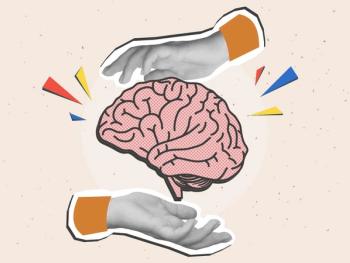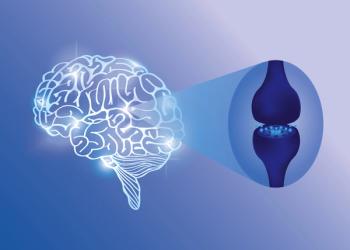
- Psychiatric Times Vol 36, Issue 10
- Volume 36
- Issue 10
Mania and Hypomania: The Latest Thinking on Duration of Episodes and Other Features
An international task force of experts in the diagnosis and treatment of bipolar disorder was recently convened to address concerns about DSM-5 criteria, particularly the definitions of manic episodes. The DSM’s duration criteria is an area of concern.
An international task force of experts in the diagnosis and treatment of bipolar disorder was recently convened to address concerns about DSM-5 criteria, particularly the definitions of manic episodes. This initiative was funded by the National Health and Medical Research Council of Australia; 64 individuals from 14 countries spanning five continents responded to a questionnaire probing different aspects of the criteria.1 The findings are pertinent for clinicians struggling to make the bipolar I and II diagnoses, which have been found to be both underdiagnosed and overdiagnosed in different studies. The consequences for patient outcomes with these missed diagnoses can be severe.
The DSM’s duration criteria is an area of concern. Currently, it includes seven days for mania and four days for hypomania. Patients with only brief episodes who meet phenotypic criteria are excluded from the diagnosis, and a lot of time is spent with patients struggling to find if they have had the syndrome for four or more days. Some task force members felt that any duration of this syndromal criteria should be sufficient. However, most responders (75%) thought that ultra-short episodes have many possible explanations, and some limit should be imposed. Of those nominating a finite period, the modal recommendation was two days for both mania and hypomania.
Thus, for patients who have a sufficient number of symptoms to meet criteria, it may be that [hypo]mania durations of as little as two days could be a reasonable basis for concluding that the diagnosis is probably bipolar disorder and treatments should be chosen accordingly.
The group also came up with a new proposed definition for hypomania and mania:
A distinct period of either an abnormally elevated and expansive mood, or an irritable and quick-tempered mood, characterized by increased activity and cognition such that the individual feels unusually energized, hyper, or wired. Such changes are perceived at the time or on later reflection as excessive and an unambiguous change in functioning from the individual’s usual state.
The consensus was that this characterized the disorder better than the current DSM definition.
In differentiating bipolar I from bipolar II, the majority voted to continue to require marked disturbance in functioning at work or socially for bipolar I (mania). However, the requirement that hospitalization would automatically qualify the patient for bipolar I was strongly opposed. This requirement was considered arbitrary and too dependent on local health services practices, insurance, or other external factors. However, if the patient was hospitalized, that certainly could be an indicator of severity and likely mania. The group thought psychosis should be retained as a criterion indicating mania.
The group has studies underway to test these proposed changes and others to see how well they describe a consecutive series of patients in clinical practice. They are also looking at 78 possible symptoms of mania to see if any are better than the seven in DSM-5.2
Disclosures:
Dr Osser is Associate Professor of Psychiatry, Harvard Medical School, and Consulting Psychiatrist, US Department of Veterans Affairs, National Telemental Health Center, Bipolar Disorders Telehealth Program, Brockton, MA. He reports no conflicts of interest concerning the subject matter of this article.
References:
1. Parker G, Tavella G, Macqueen G, et al. Revising DSM-5 criteria for the bipolar disorders: Phase 1 of the AREDOC project. Aust N Z J Psychiatry. October 2018; Epub ahead of print.
2. Parker G, Ed. Bipolar II Disorder: Modelling, Measuring, and Managing, 3rd ed. New York, NY: Cambridge University Press; 2019
Articles in this issue
about 6 years ago
The End of Human Civilizationabout 6 years ago
Transit: Already in Hellabout 6 years ago
What Do Mass Murderers Have in Common?about 6 years ago
“Off Label” Does Not Mean “Off Limits”about 6 years ago
6 Ways to Protect the Kidneys While Prescribing Lithiumabout 6 years ago
The Opioid Epidemic Settlements: Who Will Benefit?about 6 years ago
Brain Glucose, Insulin Resistance, and Memory in SchizophreniaNewsletter
Receive trusted psychiatric news, expert analysis, and clinical insights — subscribe today to support your practice and your patients.














